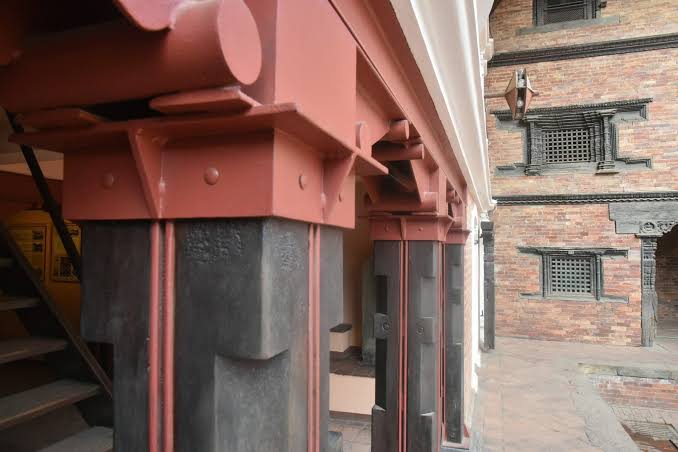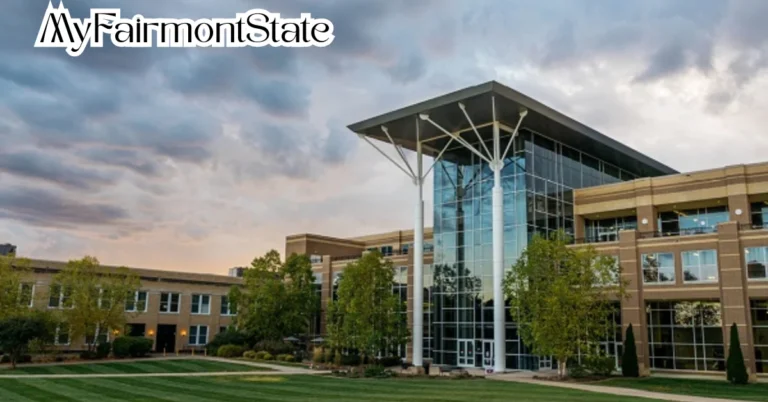Seismic Safety: How Earthquake Retrofitting Protects Homes and Saves Lives
Table of Contents
- Understanding Earthquake Retrofitting
- Why Retrofitting Matters
- Steps in the Retrofitting Process
- Common Retrofitting Techniques
- Cost and Affordability of Retrofitting
- The Role of Government and Community Efforts
- Real-World Success Stories
- Preparing for the Unexpected
Understanding Earthquake Retrofitting
Securing and stabilizing built structures becomes paramount in regions that frequently experience seismic activity, considering both safety and economic implications. Earthquake retrofitting refers to modifying existing buildings to enhance their resistance to seismic forces. Traditionally, this involves reinforcing structural elements to absorb and dissipate the energy induced by an earthquake, significantly reducing potential damage.
Retrofitting has advanced with technological improvements and an increased understanding of seismic dynamics. A building retrofitter brings in-depth expertise, ensuring each building is assessed and fortified according to its specific needs and local seismic activity. This proactive approach has become essential in mitigating earthquake risks and is crucial for urban safety today.
Why Retrofitting Matters
The importance of retrofitting cannot be overstated, especially in locations along temperamental fault lines. Earthquake retrofitting is key in reducing the risk and severity of damage to life and property during seismic events. Historical evidence clearly illustrates how non-retrofitted buildings often succumb to even moderate earthquakes, while retrofitted structures tend to sustain less damage.
Retrofitting offers numerous benefits, including safeguarding residents and protecting the economy by mitigating repair costs after a disaster. As seismic safety research highlights, implementing improved building standards and retrofitting measures addresses pertinent safety concerns and enhances community resilience. Engaging in retrofitting actively contributes to public safety and indicates responsible city planning.
Steps in the Retrofitting Process
Embarking on a retrofitting project involves a structured process beginning with evaluating current structural integrity. This phase involves detailed inspections by engineers who use advanced diagnostic tools to identify potential weaknesses and vulnerabilities.
Customized retrofitting plans are developed following the assessment to address specific structural deficiencies. Designed to suit the building’s architecture and operational use, these plans integrate suitable techniques for maximum effectiveness. The final phase involves executing the retrofit strategies through skilled labor, employing techniques from foundational reinforcements to installing advanced seismic shock absorbers.
Each step in this process is paramount to ensuring the building’s improved resilience to potential seismic threats and enhancing its longevity.
Common Retrofitting Techniques
Retrofitting employs various techniques, each serving distinct purposes based on the unique needs of a structure. Among the most prevalent methods are:
- Foundation Bolting: It secures the building to its foundation, preventing lateral displacement during tremors. It involves fastening the building’s frame to anchor bolts, stabilizing it against shearing and uplift forces.
- Cripple Wall Bracing: Particularly for homes with crawl spaces, this technique reinforces the short walls situated between the foundation and the ground floor. It prevents the building from toppling over by adding rigidity and stability.
- Shear Walls: Designed to bear lateral forces, shear walls distribute seismic energy throughout the structure, significantly enhancing its ability to withstand stress and prevent collapse.
These methods are employed based on the building’s specific structural needs and the local seismic threat profile, ensuring practicality and reliability within the retrofitting framework.
Cost and Affordability of Retrofitting
Despite the upfront investment associated with retrofitting, the long-term benefits vastly outweigh the costs. The financial implications of a retrofitting project typically vary, factoring in the building’s size, desired level of reinforcement, and local construction rates.
Support mechanisms such as grants, tax incentives, and subsidized loans are often available to property owners to help alleviate the financial burden. Analyzing earthquake retrofit projects’ affordability and cost-benefit analysis, one might uncover how financial assistance programs are crucial in enabling homeowners and small business owners to secure their properties effectively and affordably.
Ultimately, by investing in retrofitting, owners protect their living scale and contribute to a broader societal benefit by reducing potential disaster recovery costs.
The Role of Government and Community Efforts
Governments at various levels are pivotal in advocating for and implementing retrofitting measures. Establishing and enforcing building codes creates the necessary framework to promote seismic safety. Policies often include mandates for retrofitting specific vulnerable structures, especially those critical to public well-being, such as hospitals and schools.
Alongside governmental efforts, community initiatives play an invaluable role. Local projects, awareness campaigns, and educational seminars empower residents to understand the importance of retrofitting, often driving greater participation and compliance with safety standards.
Real-World Success Stories
Lessons from places like Los Angeles and San Francisco, where retrofitting initiatives have been implemented with noticeable success, illustrate the significant impact of proactive safety measures. In these communities, retrofitting has transformed vulnerability into resilience, providing critical insights for cities globally.
One notable example is the retrofitting initiatives in Napa Valley, where retrofitted historical buildings sustained minimal damage during a recent earthquake, in contrast to nearby non-retrofitted structures. Such success stories are vital in advocating the merits of retrofitting, showcasing a compelling narrative that underscores foresight and fortitude.
Preparing for the Unexpected
While structural reinforcement is fundamental, comprehensive earthquake preparedness extends beyond retrofitting. Residents are encouraged to implement complementary safety measures, such as developing detailed emergency plans, practicing regular drills, and maintaining accessible emergency kits.
These precautions are indispensable components of an effective seismic readiness strategy. They ensure that communities remain poised and proactive in facing the unpredictable nature of earthquakes. Retrofitting, solid preparation, and structural resilience create robust shielding for lives and investments.
Stay in touch to get more news & updates on Veri Fiedzine!






